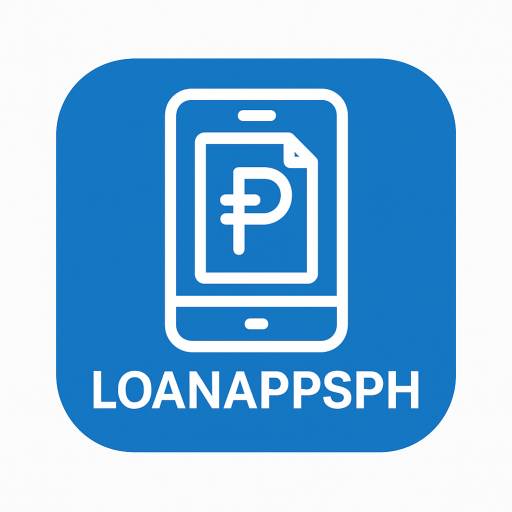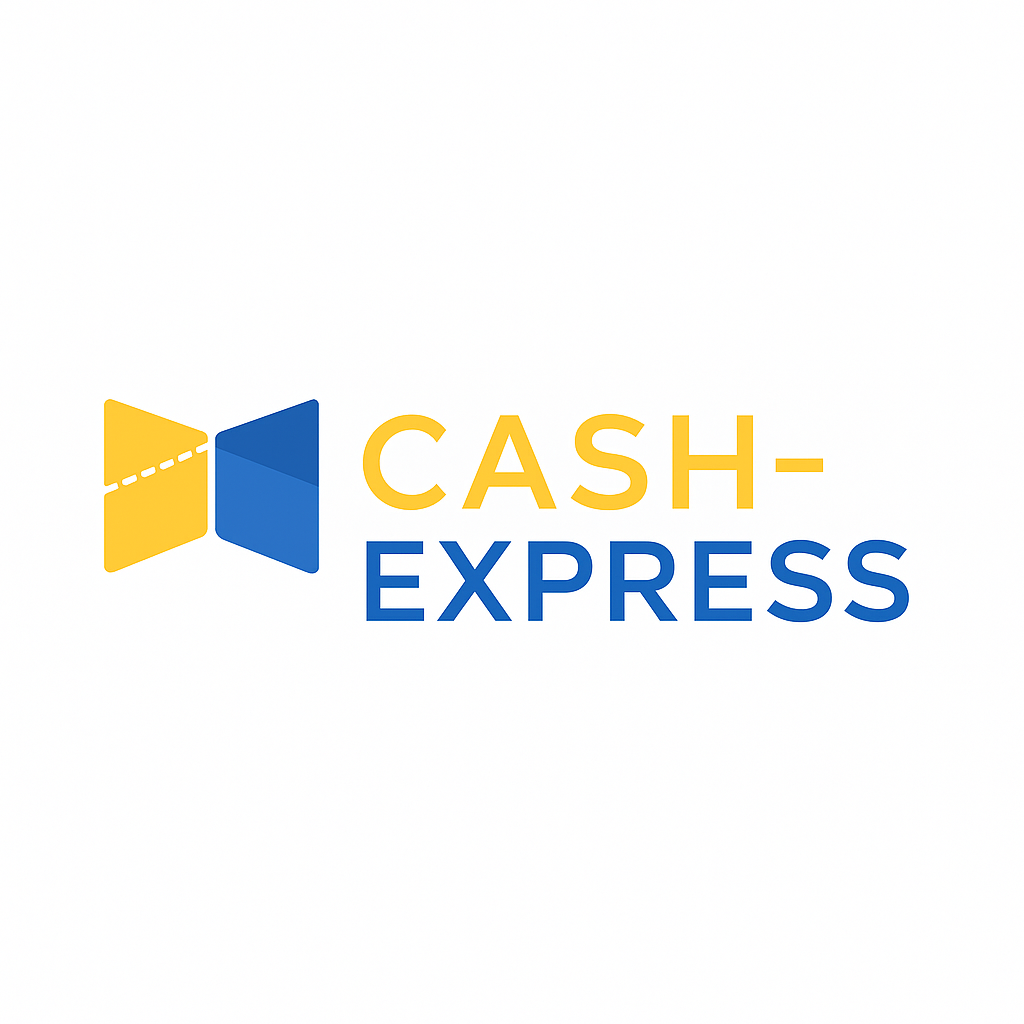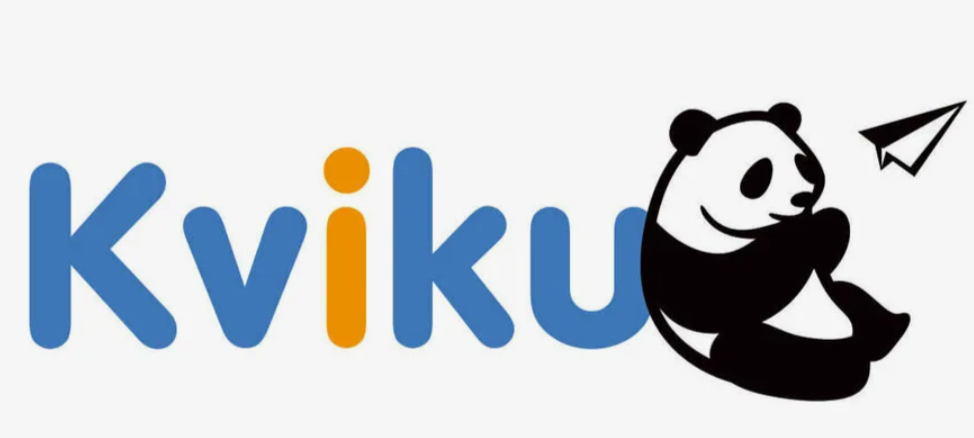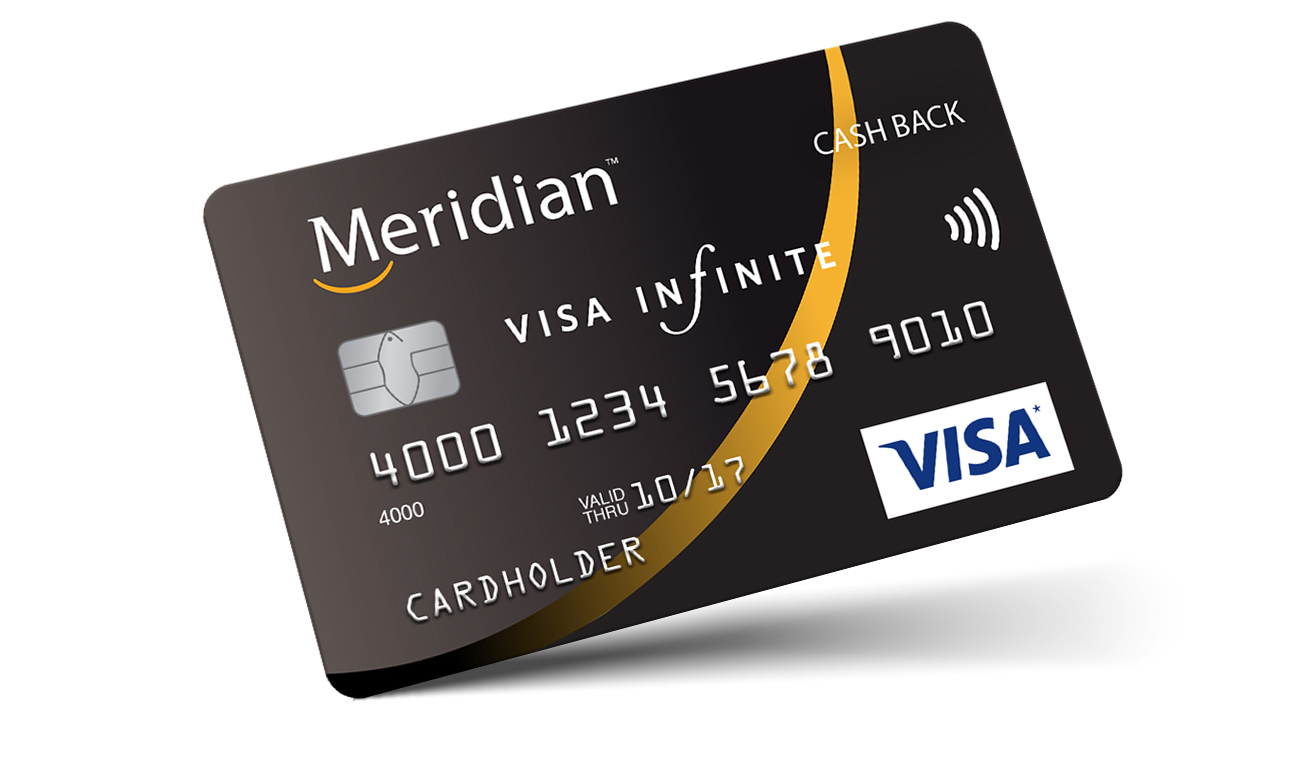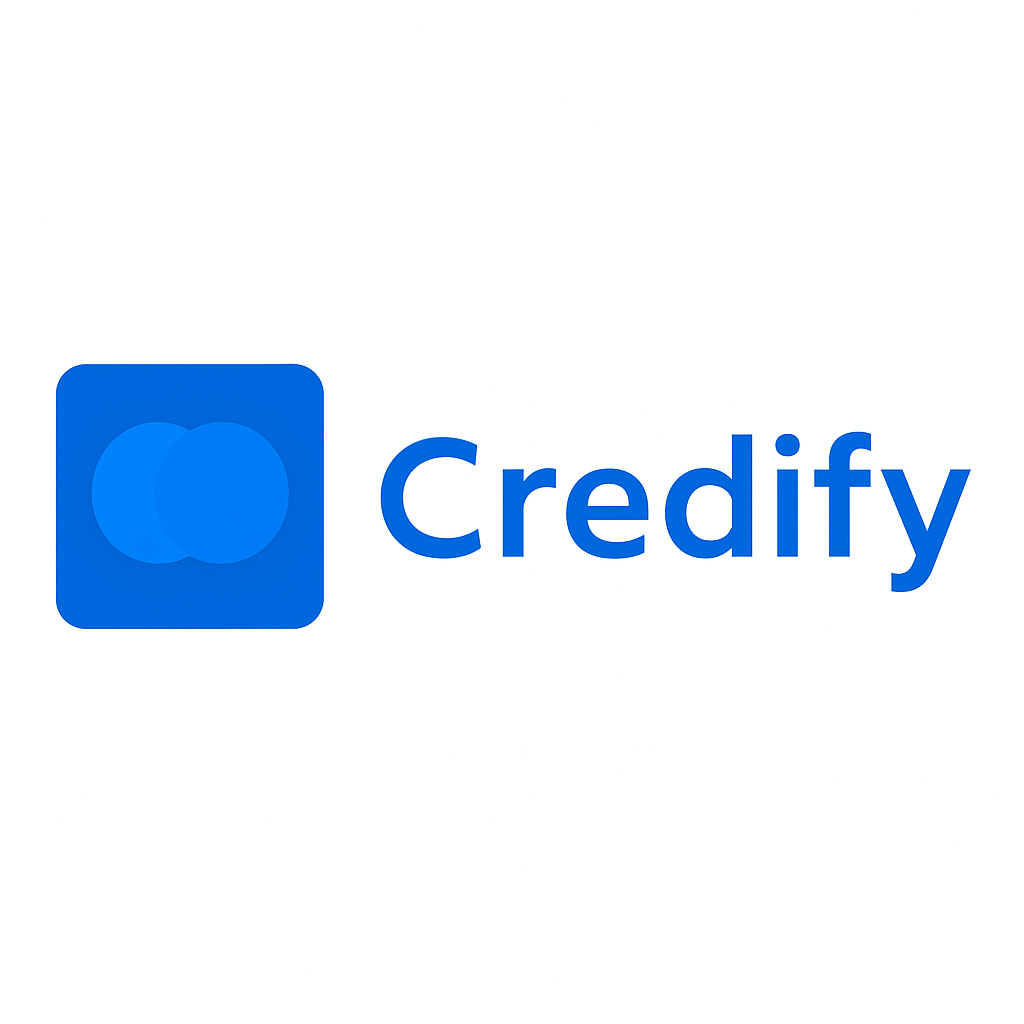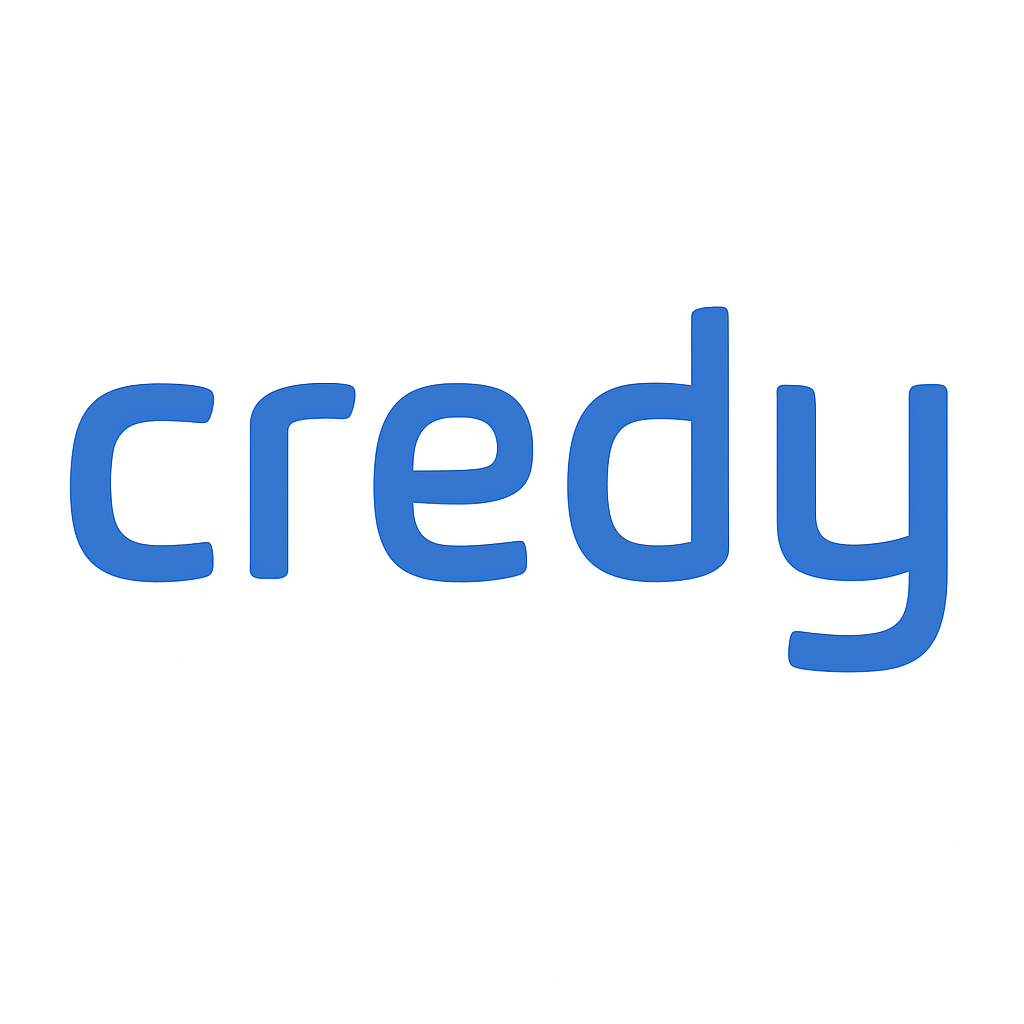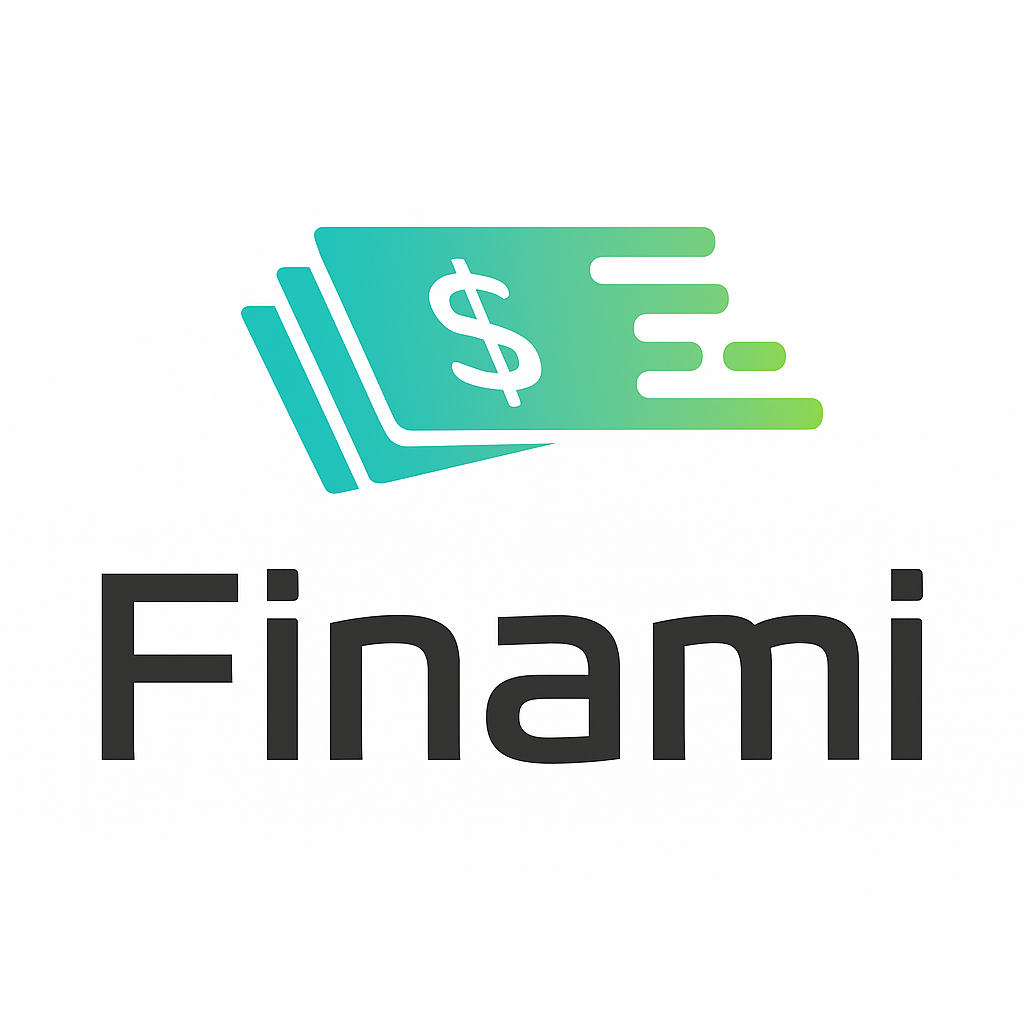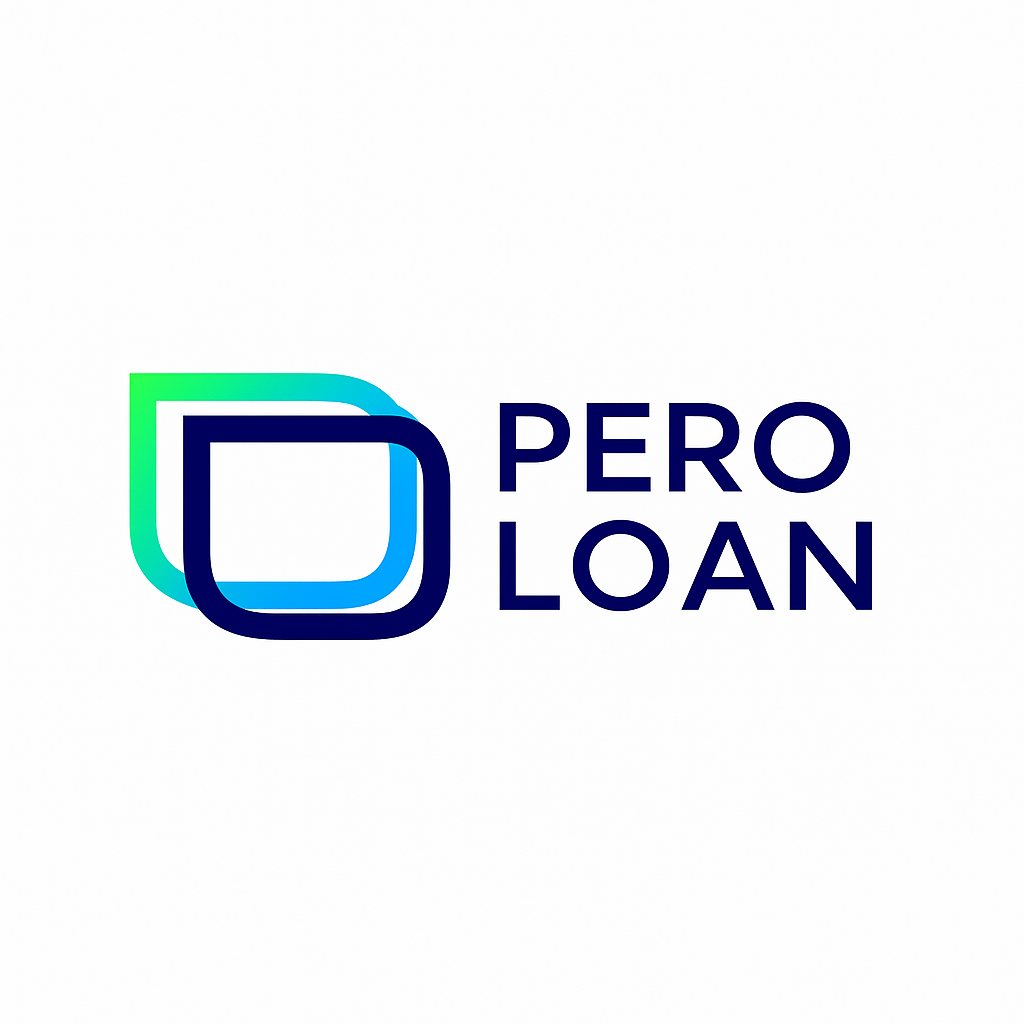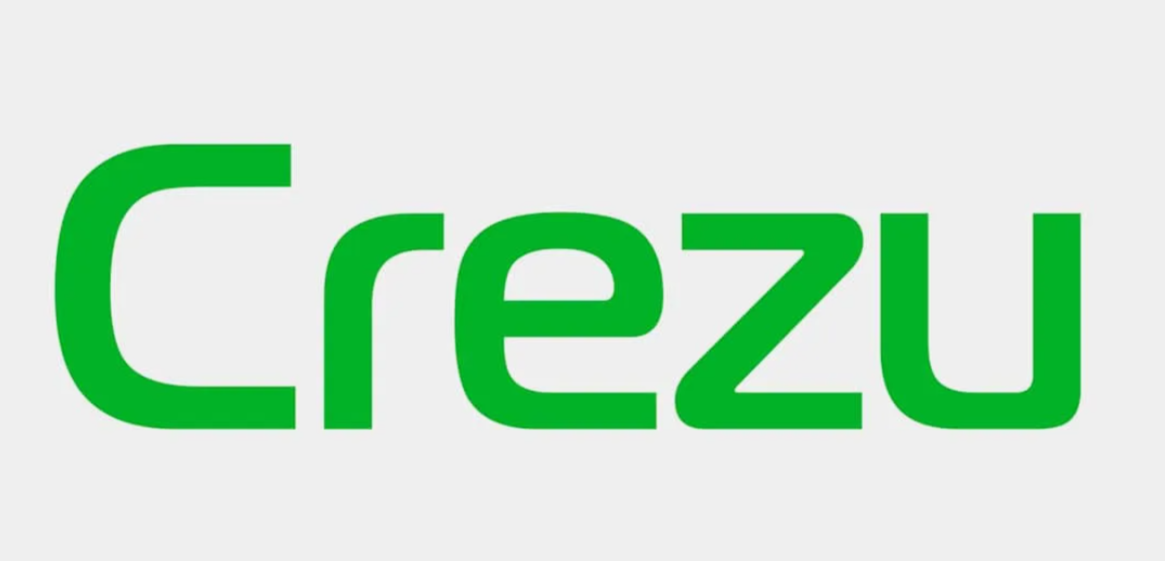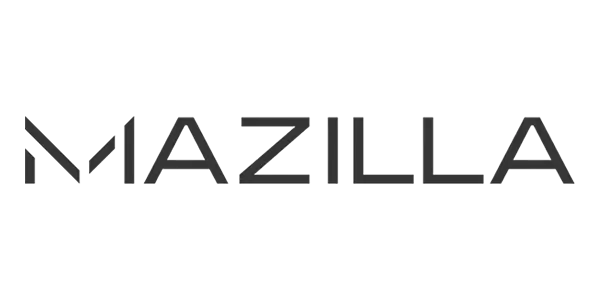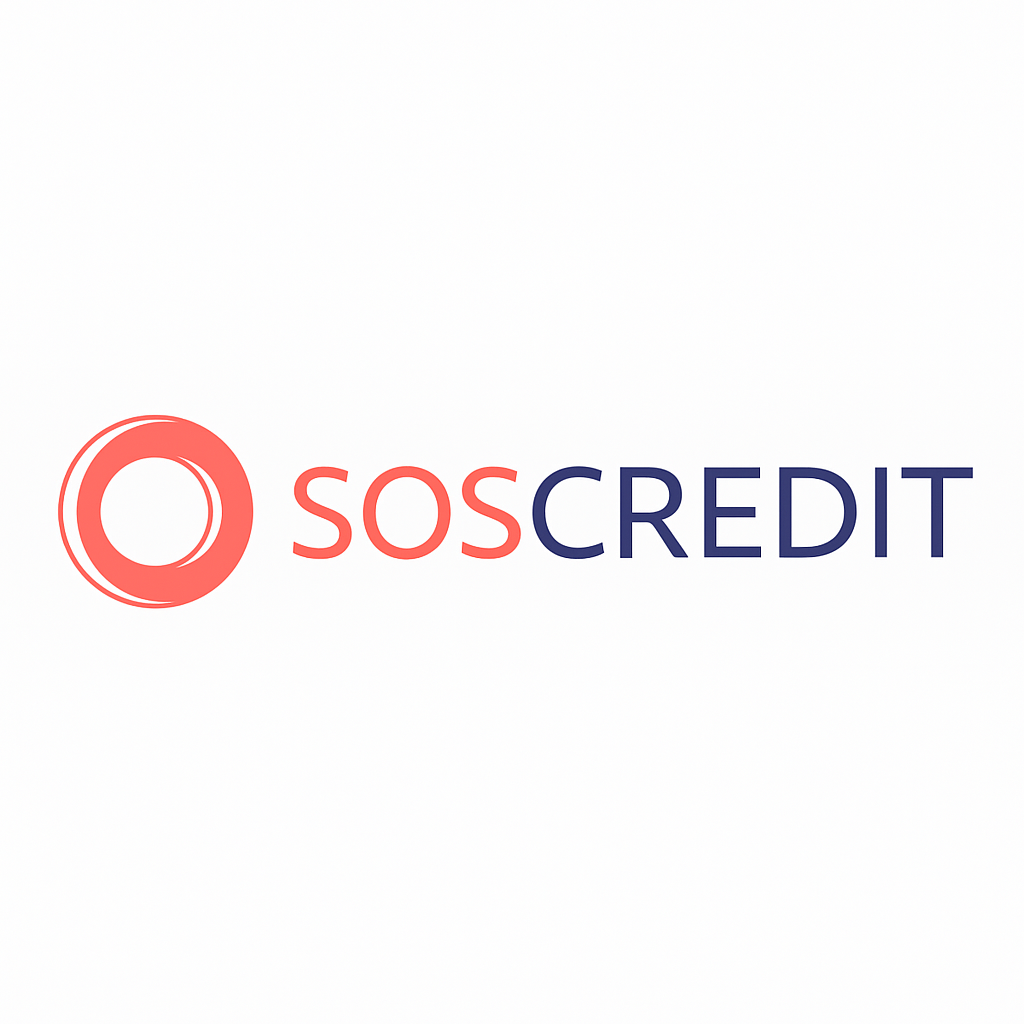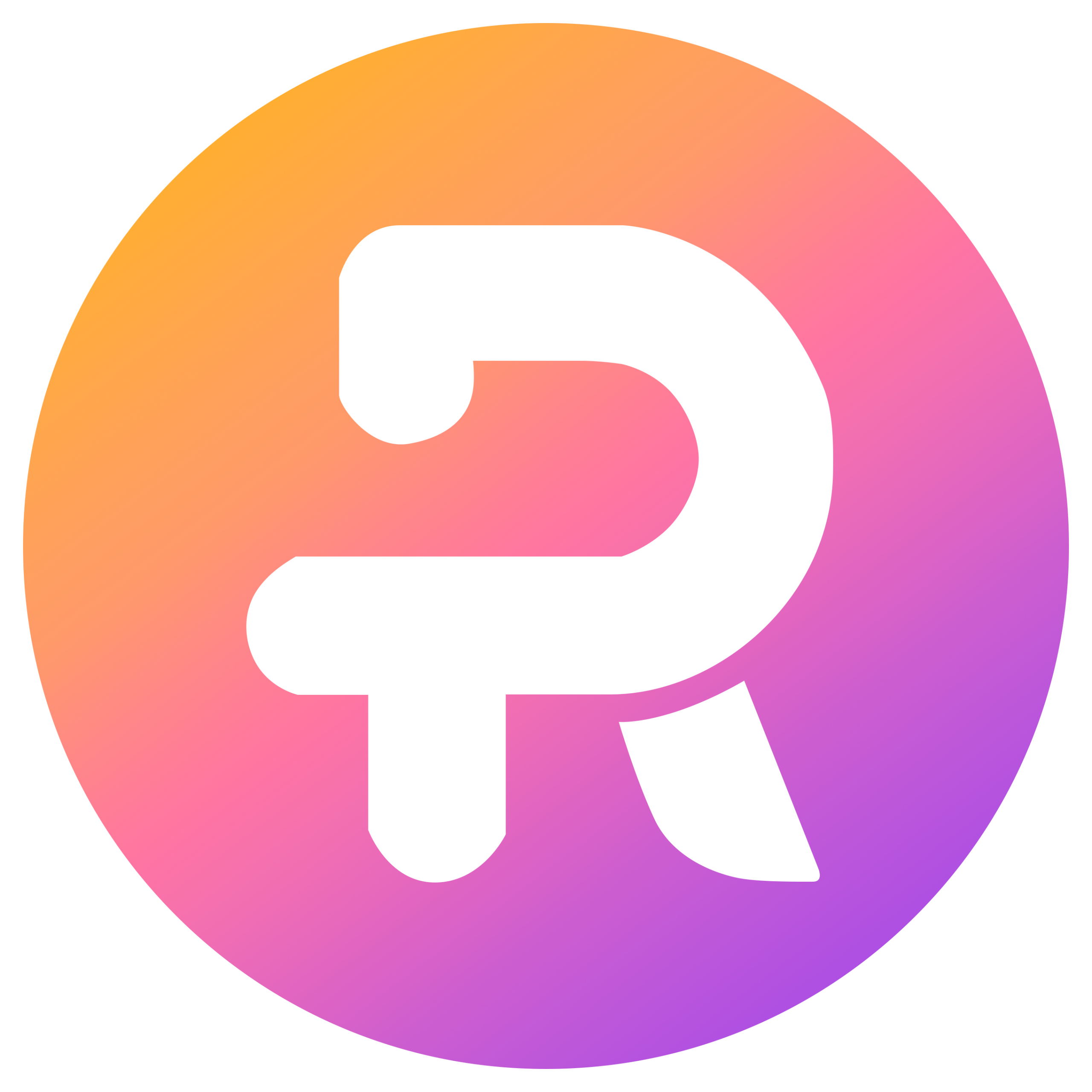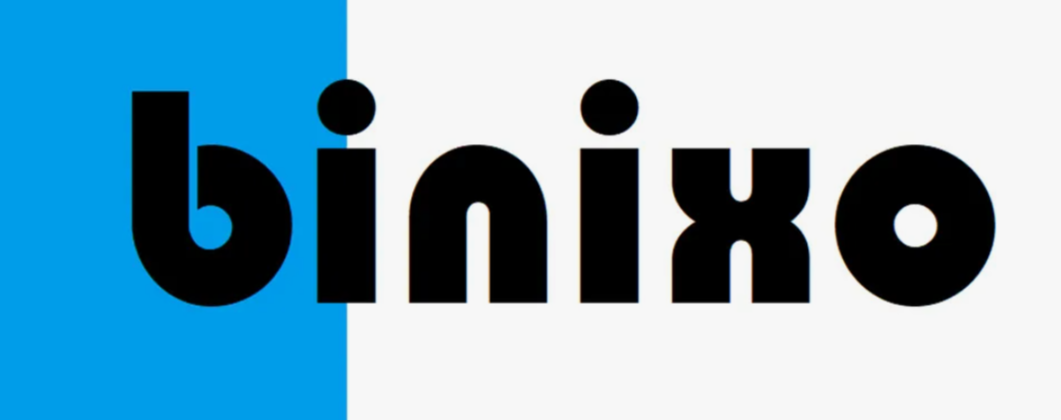Digital Lending Growth in the Philippines: Market Trends and Future Outlook 2025
Trusted Loan Apps
Introduction
The financial landscape in the Philippines has experienced significant transformations in recent years, driven largely by the surge of digital lending platforms. With the rise of smartphones, internet penetration, and fintech innovation, digital lending has become a pivotal channel for Filipinos seeking convenient and quick access to credit. As of 2025, the digital lending market in the Philippines is poised to exceed $1 billion, signaling a new era for personal finance in the country.
The Rise of Digital Lending in the Philippines
Digital lending refers to the process of offering loans through online platforms without the need for traditional face-to-face interactions. This innovation has democratized credit access, especially for underserved populations who previously faced barriers in obtaining loans from conventional banks.
In the Philippines, digital lending has witnessed a rapid increase in app downloads and user adoption. According to industry reports, over 58 million app downloads related to digital loans were recorded in 2024, with projections indicating an increase to over 73 million by the end of 2025. This growth underscores the Filipino market’s eagerness to embrace new financial technologies.
Market Composition: Digital Banks vs. Non-Bank Digital Lenders
The digital lending ecosystem in the Philippines is broadly divided into two segments: digital banks and non-bank digital lenders.
- Digital Banks: Licensed banks that operate fully online, offering a suite of financial services including savings accounts, loans, and investments. They are regulated by the Bangko Sentral ng Pilipinas (BSP) and tend to have higher loan limits and more stringent requirements.
- Non-Bank Digital Lenders: Fintech companies that focus primarily on lending, often with less stringent qualification criteria but also smaller loan amounts. These include startups and app-based lenders that leverage alternative data for credit scoring.
Together, these entities capture a market share split approximately 55% to non-bank lenders and 45% to digital banks.
Impact of the COVID-19 Pandemic
The pandemic accelerated digital transformation across sectors, and finance was no exception. Lockdowns and social distancing measures led many Filipinos to turn to online platforms for their financial needs. Digital lenders responded by streamlining application processes and introducing more flexible loan products.
Moreover, the economic hardships faced by many Filipinos increased the demand for quick and accessible credit, which traditional banks often could not provide due to lengthy approval times and stricter collateral requirements.
Popular Digital Lending Platforms in the Philippines
Several platforms have emerged as market leaders, recognized for their user-friendly interfaces, speedy approval processes, and competitive interest rates:
- Digido: Known for its quick loan approvals and relatively high loan amounts.
- Tala: Focuses on underserved customers and uses alternative data for credit assessments.
- Cashalo: Offers flexible loan terms and integrates with local payment services.
- Loan Ranger: Caters to microloans with instant approvals.
These platforms have contributed significantly to the financial inclusion efforts in the country, providing services to users who traditionally lacked access to formal banking.
Regulatory Environment and Consumer Protection
The Bangko Sentral ng Pilipinas (BSP) has been proactive in regulating digital lenders to protect consumers from predatory practices. Recent regulations enforce transparent disclosure of interest rates, fees, and loan terms. Licensed lenders must adhere to responsible lending principles and submit to regular audits.
The BSP also mandates a consumer complaint mechanism and promotes financial literacy programs to educate borrowers about the risks and benefits of digital loans.
Challenges and Risks in Digital Lending
Despite rapid growth, the sector faces challenges such as:
- Loan Defaults: Higher risk of non-performing loans due to limited credit history data.
- Cybersecurity Threats: Protecting sensitive borrower information is critical.
- Fraudulent Platforms: Presence of unlicensed lenders exploiting vulnerable customers.
- Interest Rates: Some platforms charge high interest rates, raising concerns about affordability.
Stakeholders continue to work on mitigating these risks through improved credit scoring models, borrower education, and enhanced regulatory frameworks.
Future Outlook and Trends for 2025 and Beyond
Looking ahead, several trends are expected to shape the digital lending landscape:
- Integration with E-commerce: Loans tied to purchases, buy-now-pay-later (BNPL) options gaining traction.
- AI and Big Data Analytics: More sophisticated credit scoring and risk assessment models.
- Expansion of Loan Products: Diversification into business loans, education loans, and personal lines of credit.
- Collaboration with Traditional Banks: Hybrid models combining fintech agility with banking stability.
The growth potential remains immense, with digital lending set to continue its role in expanding financial inclusion and driving economic participation.
Tips for Borrowers: Choosing the Right Digital Loan
For borrowers considering digital loans, keep in mind:
- Always check if the lender is licensed by BSP.
- Compare interest rates, fees, and repayment terms across platforms.
- Avoid loans with hidden charges or unrealistic promises.
- Understand the loan agreement fully before signing.
- Use loans responsibly to avoid debt traps.
Conclusion
Digital lending is transforming the financial ecosystem in the Philippines, offering unprecedented access to credit for millions. As the market matures and regulation tightens, consumers stand to benefit from safer, more affordable, and more accessible financial products. The year 2025 marks a critical milestone in this ongoing evolution, promising continued innovation and growth.
